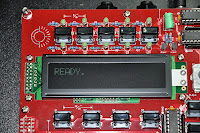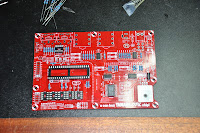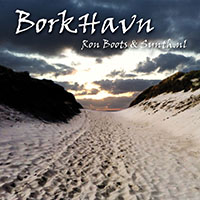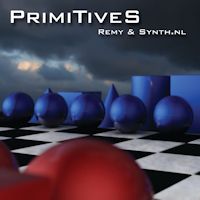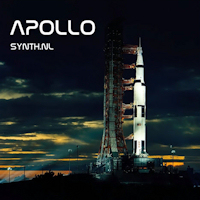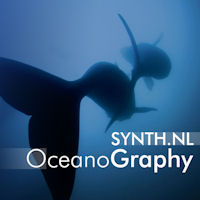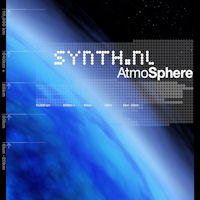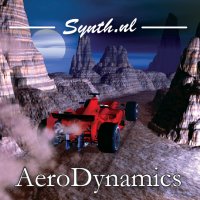At the moment I'm working on quite a big and ambitious project. If you have read my
biography you will know that music is just a hobby for me and that my main job is actually operating a business ISP company that is running a couple of data centers in The Netherlands. Our current website is Dutch only and needs a big overhaul. I'm currently working with my colleagues on some ideas for the new website. The first this is that is needs to go in a multilingual CMS system. So the good news is that you guys will be actually able to read it later on :)
One thing we want to have on there for sure is a virtual tour through our data centers. The idea is to use real video footage in combination with 3D animated graphics. But before you can create any animation you need to build a model of the whole building. And that is what I'm currently doing. Bart Auceps made a start with the model a while ago in Autodesk 3D studio max and I just completely redid large parts of his model in Cinema 4D and also made some adjustments and additions already to the model. I'm also redid the texturing already.

So now the rough outside of the building is almost done and I need to work on the detail and the interior and after that I need to build the server rooms of the data centers. Most things here I did from the top of my head, but next week I'll take some pictures of details of the building to be able to reproduce that also in the 3D model. I guess this will be project that will take a couple of months for sure. I will post updates on this blog from time to time so you can follow along.

In our house style we use a couple of Dutch bridges as a metaphor for stability and reliability. In the past we took pictures of these bridges and altered them, but for the new website I'm also experimenting with a rendered approach. In the picture on the right you see a bridge that in real life is in Amsterdam, but now it is in my computer. In this way I can get it from any angle and position the water and clouds etc. anywhere I want. I don't know if we will use it yes, but I hope so, since I think it is starting to look quite realistic. If you are interested in the old website and the company you can have a look on
http://www.bit.nl/. This website is Dutch only, but I guess you can use
Google Translate to read what it is about. There is a lot of text on there btw, but the new site will have more graphical elements and less text for sure. You can click all the pictures for a bigger version btw and every thing you see is computer generated. No actual pictures where used anywhere.


























